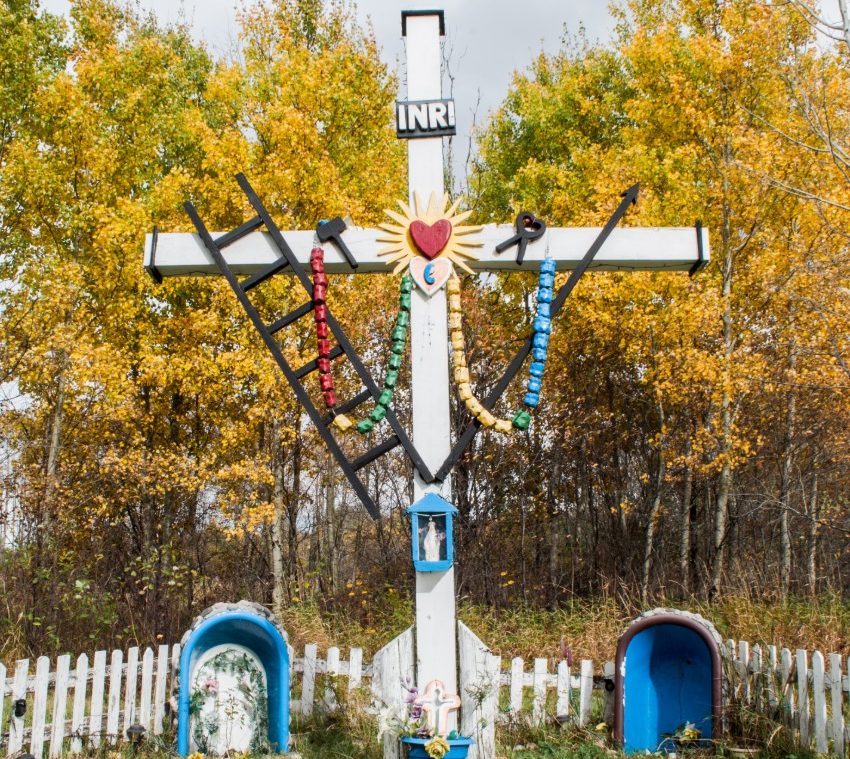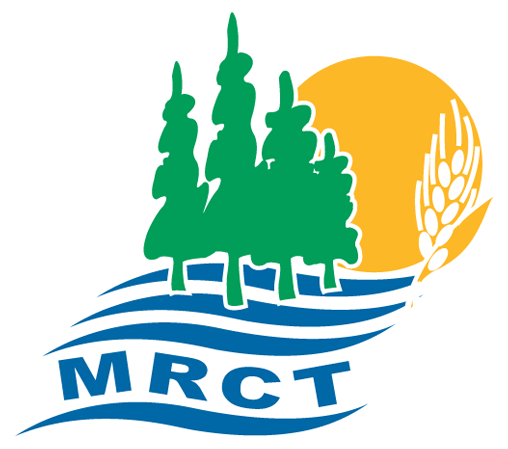
Nédélec Wayside Cross
croix de chemin au chapelet coloré
Year : 2016
Photo credit : Christine Brézina
Nédélec Wayside cross
Behind every wayside cross lies a specific intention:
- Commemorative Cross: It serves as a reminder of a particular event or site.
- Foundation Cross: It symbolizes the human settlement and taking possession of new land.
- Public Devotion Cross: It represents the traditional wayside cross, acting as a gathering place.
- Votive Cross: It testifies to a specific vow or wish. Such crosses are planted to seek a favor or erected to express gratitude for a favor received.
Wayside crosses can be classified into three models:
- Simple Wayside Cross: Comprising a post and crossbeam, sometimes adorned with decorative elements on the ends.
- Instruments of the Passion Wayside Cross: Generally, symbolic objects like the lance, sponge, hammer, nails, crown of thorns, etc., can be found on the crossbeam.
- Calvary: It depicts Christ on the cross and is occasionally surmounted by a small structure. The Virgin Mary and Saint John the Apostle are sometimes represented at the foot of the cross. Calvaries are predominantly found in cemeteries.
Did you know that:
The owner, Mrs. Hébert, constructed this wayside cross herself in 2005, and it was erected in its current location by her children. The rosary adorning the cross is a reminder of the missionary work of the missionaries.
There are eight different types of wayside crosses identified in the Témiscamingue region. Discover them all.





